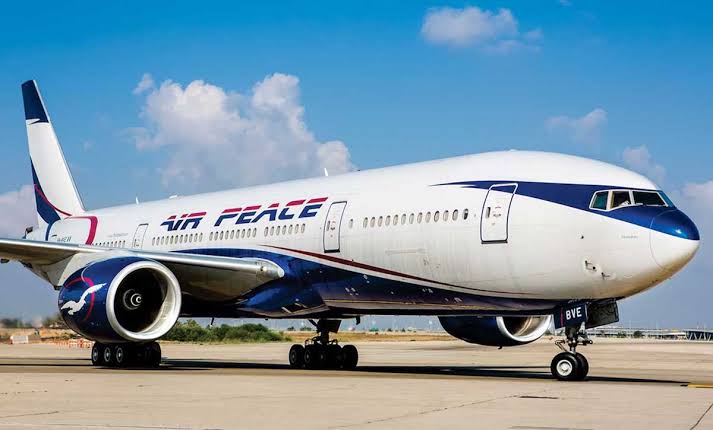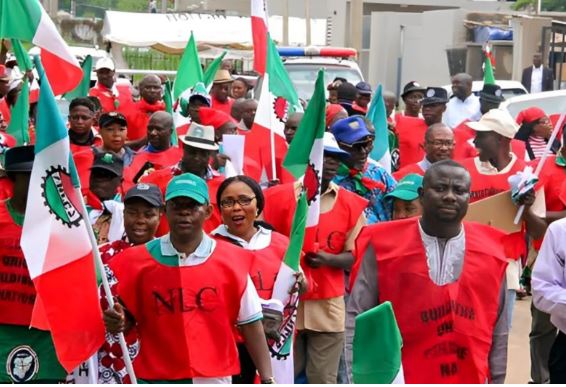
At least 120 people have been killed and dozens injured in widespread floods and landslides caused by torrential rain in the Democratic Republic of the Congo’s capital, Kinshasa.
Entire neighbourhoods were flooded with muddy water, and houses and roads ripped apart by sinkholes and landslides, including the N1 highway that connects Kinshasa to the country’s main sea port of Matadi.
The prime minister’s office said in a statement that the road could be closed for as long as four days.
The death toll was compiled by the General Management of Migration, a part of the interior ministry, and might rise further.
Health minister Jean-Jacques Mbungani Mbanda told the Reuters news agency that the ministry had counted 141 dead but that the number needed to be cross-checked with other departments.
Once a collection of fishing villages on the banks of the Congo River, Kinshasa has grown into one of Africa’s largest megacities with a population of about 15 million people.
Rapid development and poor regulation have made the city increasingly vulnerable to flash floods after intense rains, which have become more frequent due to climate change.
Some 12 million people live in the 24 neighbourhoods of Kinshasa hit by the floods, according to three local officials who said that people had been killed, houses submerged and roads ruined.
In the Ngaliema area, more than three dozen people died and bodies were still being counted, according to the area’s mayor, Alid’or Tshibanda.
Images shared on social media showed a landslide in the hilly Mont-Ngafula district, which cut off Highway 1, and entire neighbourhoods flooded with muddy water.
“We’ve never seen a flood here on this scale,” Blanchard Mvubu, who lives in Mont-Ngafula, told a reporter at the scene.
“I was asleep, and I could feel water in the house … it’s a disaster. We’ve lost all our possessions in the house, nothing could be saved.”
Close by, a young man was charging 500 Congolese francs ($0.24) to carry people on his back across the submerged street.
Another man, who identified himself as a teacher, was walking barefoot in the water, holding a pair of shoes in one hand and a plastic bag with documents in the other.
“I’ve got no other choice,” he said. “I have to give schoolchildren an exam.”
The prime minister and provincial governor were visiting the flooded areas, and local officials were expected to meet representatives of the interior ministry and other state bodies to address the emergency.
At least 39 people died in Kinshasa in 2019 when torrential rains flooded low-lying districts and some buildings and roads collapsed.
In addition to damaged infrastructure, each day of flooding in Kinshasa costs households a combined $1.2m because of the large-scale transportation disruption, according to a 2020 World Bank paper.
(Al Jazeera)





